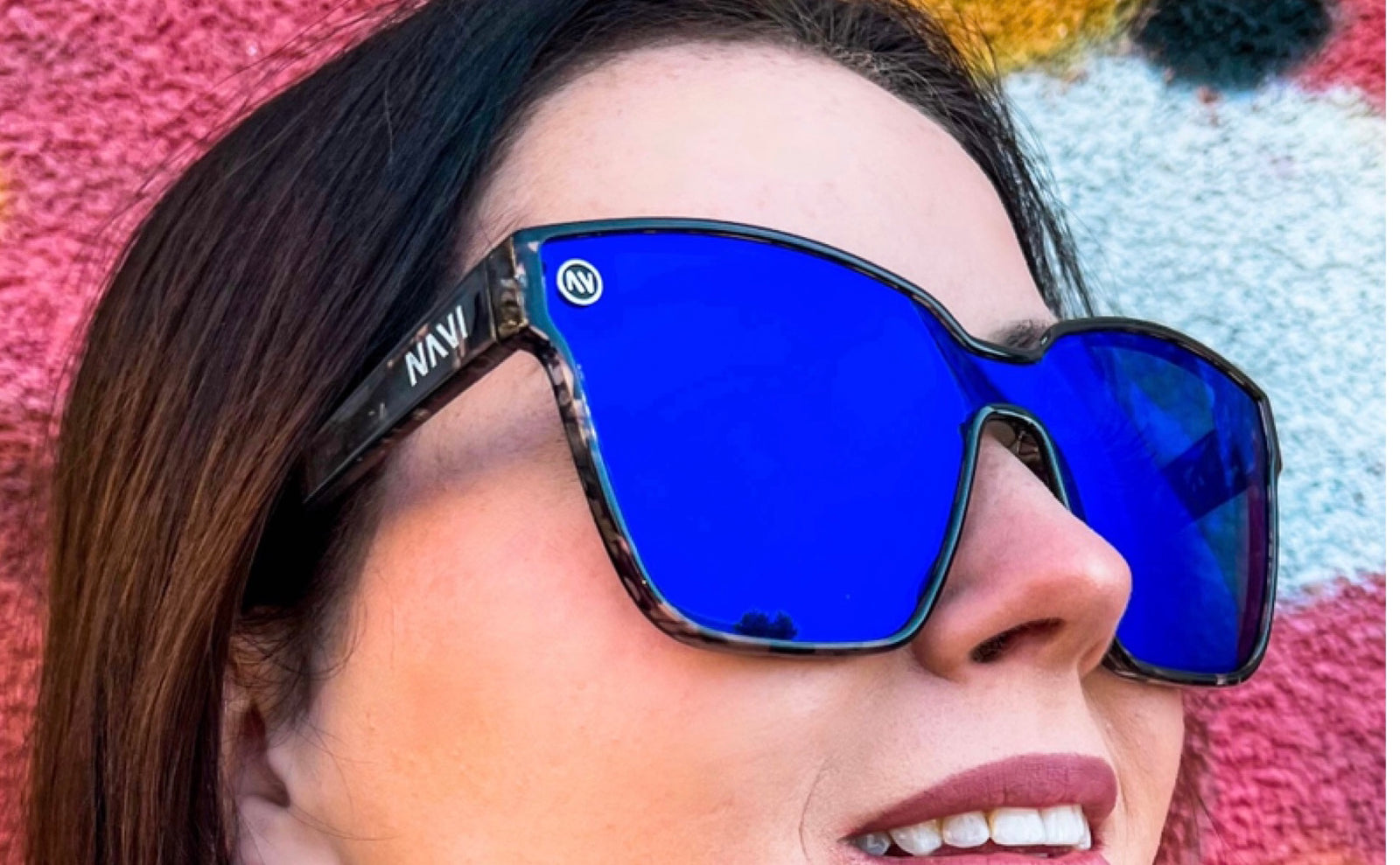Outline
- Introduction
Brief explanation of what sunglasses are and how they work
- Protection from UV rays
Explanation of how sunglasses protect the eyes from harmful UV rays
The long-term benefits of protecting the eyes from UV rays
III. Reduced Glare
How sunglassescan reduce glare, making it easier to see in bright conditions
How reduced glare can improve safety while driving or doing outdoor activities
- Better Vision
How sunglasses can improve vision by enhancing contrast and reducing eye strain
The importance of clear vision for activities like sports and driving
- Fashion Accessory
How sunglasses can complement an outfit and enhance personal style
The importance of choosing sunglasses that fit well and suit individual face shapes
- Prescription Options
The benefits of prescription sunglasses for people with vision impairments
How prescription sunglasses can help people with certain eye conditions
VII. Conclusion
Recap of the benefits of wearing sunglasses
Final thoughts and recommendation to wear sunglasses for both protection and fashion purposes
VIII. FAQs
What type of lens material is best for sunglasses?
Can wearing sunglasses prevent cataracts?
Do polarized lenses really make a difference?
How often should I replace my sunglasses?
Is it necessary to wear sunglasses during winter?
Sunglasses are more than just a fashion accessory, they are an essential item that can offer numerous benefits for the wearer. From protecting the eyes from harmful UV rays to reducing glare and improving vision, there are many reasons why wearing sunglasses should be a part of everyone's daily routine.
Protection from UV rays
One of the most important benefits of wearing sunglasses is the protection they provide from harmful UV rays. Exposure to UV radiation from the sun can cause long-term damage to the eyes, including cataracts and macular degeneration. Wearing sunglasses with UV protection can prevent these conditions and help maintain eye health. It is essential to choose sunglasses that offer 100% UV protection for maximum benefits.
Reduced Glare
Sunglasses can also reduce glare, making it easier to see in bright conditions. This is particularly important while driving, as glare from the sun can cause accidents and reduce visibility. Wearing sunglasses with polarized lenses can reduce the glare from reflective surfaces like water, snow, and glass. This can also make outdoor activities like boating or skiing safer and more enjoyable.
Better Vision
Sunglasses can improve vision by enhancing contrast and reducing eye strain. They can also protect the eyes from dust and debris, which can cause irritation and discomfort. Clear vision is essential for activities like sports and driving, and wearing sunglasses can help maintain good vision and eye health. Sunglasses with prescription lenses are also available for people with vision impairments or certain eye conditions.
Fashion Accessory
Sunglasses are not just functional, they can also be a fashionable accessory that complements an outfit and enhances personal style. Choosing sunglasses that fit well and suit individual face shapes is important to achieve the desired look. There are many different styles and colors of sunglasses available, making it easy to find a pair that suits individual preferences and fashion sense.
Prescription Options
For people with vision impairments, prescription sunglasses are an excellent option. They offer the same benefits as regular sunglasses, with the added advantage of correcting vision problems. Prescription sunglasses can also be helpful for people with certain eye conditions, like photophobia or albinism. They provide a way to protect the eyes from bright light while also improving vision.
Conclusion
In conclusion, wearing sunglasses offers numerous benefits for both eye health and fashion sense. They protect the eyes from harmful UV rays, reduce glare, improve vision, and serve as a stylish accessory. When choosing sunglasses, it's important to look for ones that provide 100% UV protection and fit well on the face. Polarized lenses can also be beneficial for reducing glare in bright conditions. For those with vision impairments, prescription sunglasses are a great option to improve vision while also protecting the eyes.
Incorporating sunglasses into daily routines is an easy way to ensure eye health and prevent long-term damage from UV radiation. Additionally, they can enhance personal style and provide a finishing touch to any outfit.
FAQs
What type of lens material is best for sunglasses?
Sunglasses can be made from a variety of materials, including glass, polycarbonate, and acrylic. Polycarbonate lenses are a popular choice for their durability and resistance to impact, making them a great option for sports and outdoor activities. However, glass lenses offer better clarity and scratch resistance.
Can wearing sunglasses prevent cataracts?
Wearing sunglasses with UV protection can help prevent cataracts caused by long-term exposure to UV radiation. It's important to choose sunglasses that provide 100% UV protection to ensure maximum benefits.
Do polarized lenses really make a difference?
Yes, polarized lenses can significantly reduce glare and improve visibility in bright conditions. They work by filtering out horizontal light waves that cause glare from reflective surfaces like water, snow, and glass.
How often should I replace my sunglasses?
It's recommended to replace sunglasses every 2-3 years, or sooner if they become damaged or scratched. Regularly cleaning and storing sunglasses in a protective case can help prolong their lifespan.
Is it necessary to wear sunglasses during winter?
Yes, it's still important to wear sunglasses during winter as the sun's UV rays can still cause damage to the eyes even on cloudy or overcast days. Additionally, snow and ice can reflect the sun's rays and increase the risk of glare and eye strain.




